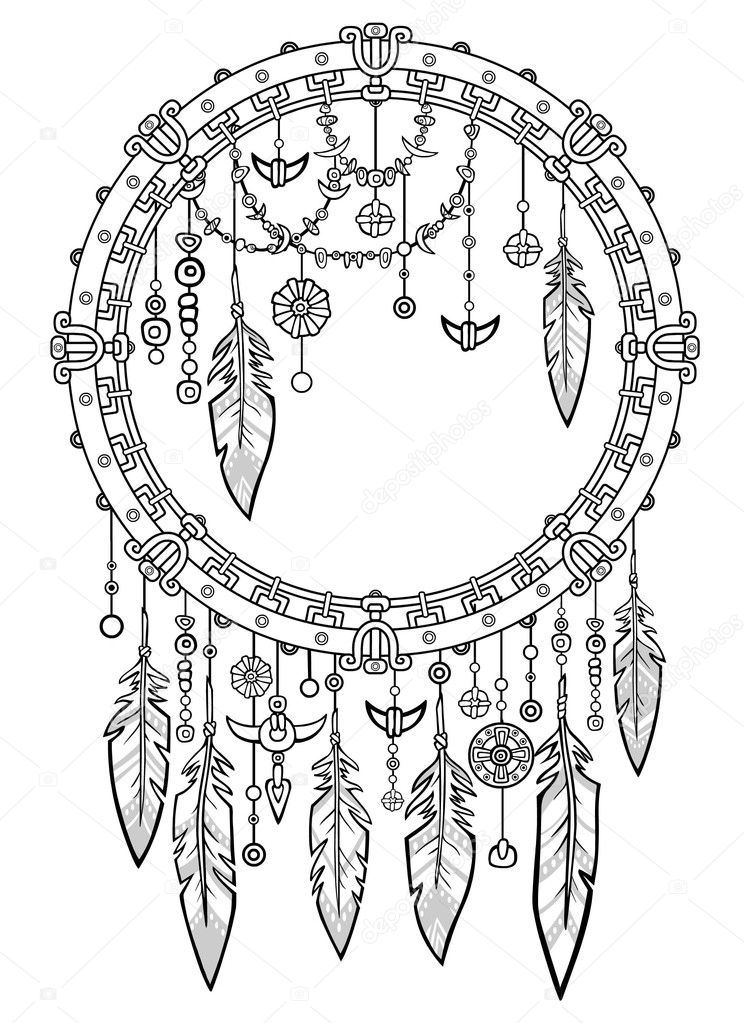
But, later in the 20th century, while revitalizing our cultural traditions, we began to ask ourselves questions like, what were our people wearing before they were told they couldn't wear it? What were the images that our ancestors actually found important? How did we pray? What songs were we singing specifically? These questions helped us learn in more depth and do things the right way, tattooing was definitely a part of that. You'll see us wearing big headdresses, which was really more representative of a Plainstype culture, not Eastern Woodlands. In the 1930s, there were efforts for Native people in our region to connect with their roots, but they didn't really know how to. Prior to the 1970s, I think people just wanted to fit in - standing out could be dangerous.

Then, you didn't see this style of tattooing so much in the '80s, '90s, or the early 2000s. people really didn't start getting them again in the traditional ways until the 1970s, during the American Indian Movement when there was a strong attempt to decolonize, but that was a pretty short period of time. It's a collective human experience to want to decorate your skin. There are certain things that developed independently, springing up all over the world around the same time: tools like the bow and arrow, mortar and pestle, but also stick and poke tattoos. Her work flies in the face of the belief that Native customs faded out after centuries of brutality inflicted upon the community by the European colonizers who came here and the government they eventually put in place. The people she passes this knowledge on to breathe new life into it and demonstrate that those communities Indigenous to what is now the United States have a history and culture that is very much alive and thriving today. Traditional Native tattooing is another brick in the foundation of preserving these practices. She also oversees the royal members of the tribe, including helping the Mashantucket Pequot princess with ceremonies and other duties. Today, she is a cultural instructor for the Mashantucket Pequot Tribal Nation, further spreading knowledge of these ancient customs, focusing on songs, dances, crafts, and making tribal regalia. Early on in her career, Helme worked as a Native American cultural interpreter and curator at Plimoth Patuxet Museums in Plymouth, Massachusetts. As she grew older, the importance of preserving these centuries-old customs and educating other Indigenous Americans about them became more than a passion - it is what drives her. The cultural traditions of her tribal community were a key part of her upbringing, during which she attended powwows, ceremonies, and other social events. Helme is a member of the Mashpee Wampanoag Tribe, living in New Bedford, Massachusetts, on the land of her ancestors.


 0 kommentar(er)
0 kommentar(er)
